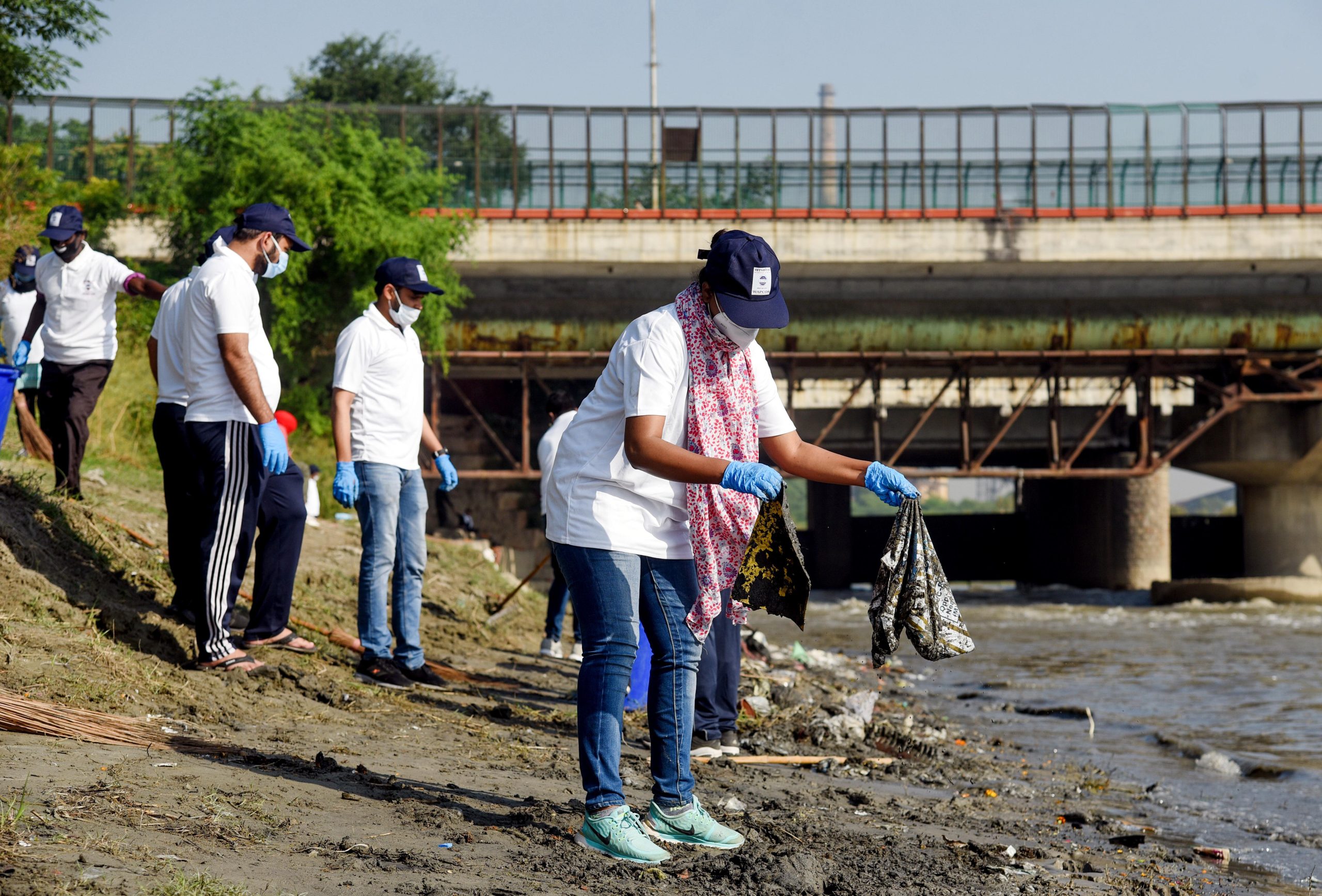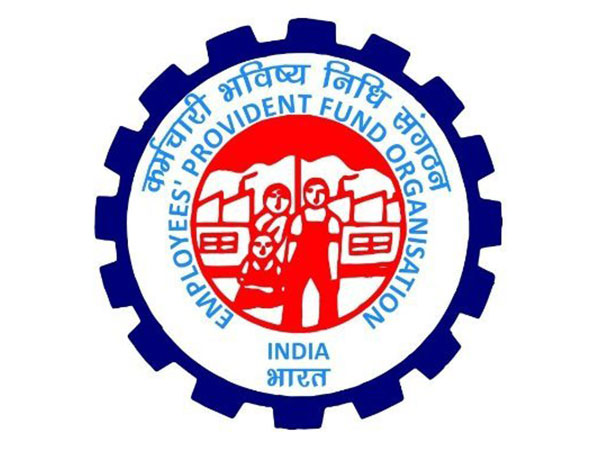The recent release of the scientific report in the journal Nature on the Swachh Bharat Mission’s (SBM) impact on the reduction in infant and child mortality broadly coincides with the 10th anniversary of the programme.
Announced by Prime Minister Narendra Modi during his Independence Day speech to the nation from the Red Fort on August 15, 2014, it was formally launched on October 2 of the same year. This was the first time in history that any head of government in the world was publicly committed to ending the scourge of open defecation in his country in a specified time frame.
Focused on the massive challenge of eliminating open defecation in the country by October 2, 2019 (the 150th birth anniversary of Mahatma Gandhi), the SBM sought to change the behaviour of about 550 million Indians from their traditional habit of defecating in the open to using the over 100 million household toilets constructed for them by the government.
While the success of the programme had many positive spinoffs, including providing dignity and security to women and girls, the Nature report validates its significant health impact, asserting that the provision of toilets under the Mission saved the lives of 60,000–70,000 infants and children under the age of five on an annual basis.
Also, the report highlights that under Swachh Bharat Mission – Urban the initiative has seen the construction of over 63 lakh household toilets and more than 6.3 lakh public toilets. Swachh Bharat Mission – Urban is focused on achieving 100% Open Defecation Free (ODF) status, ensuring scientific Solid Waste Management (SWM), and driving behaviour change through a “Jan Andolan” (people’s movement).
Communicating directly with the people through multiple platforms, including his monthly Mann Ki Baat radio address, the Prime Minister fired the people’s imagination and inspired them to make the SBM a community and village-led initiative.
The entire population of a village would passionately work to make their communities open defecation free (ODF) and when they achieved success, would take out a gaurav yatra (pride tour). It was a matter of pride for a village community to declare itself ODF and soon a friendly competition broke out across the country between villages, districts, and even states.
Once states like Himachal Pradesh, Kerala, Uttarakhand, and Haryana declared themselves ODF, other states followed suit and finally on October 2, 2019, all the states declared themselves ODF.
The phase 1 (2014-2019) of the Swachh Bharat Mission (SBM) marked the largest behavioural change movement in the world, aiming to end open defecation through awareness campaigns, education, and infrastructure development.
By combining governmental efforts and community engagement, SBM-G Phase I became a symbol of India’s commitment to public health and cleanliness. As per WHO’s report, more than 3 lakhs fewer diarrheal deaths were reported in 2019 compared to 2014 due to improved sanitation.
Not only families in ODF villages saved an average of INR 50,000 annually on health costs but also with better access to sanitation facilities 93% of women reported feeling safer at home.
Building on the success of Phase I, SBM-G Phase II (2019-2025) was launched to sustain the ODF status and manage solid and liquid waste by 2025. This phase focuses on “Sampoorn Swachhata”, or complete cleanliness, which includes creating ODF Plus villages that maintain and improve sanitation standards.
Supported by an investment of Rs. 1.40 lakh crores, this phase further integrates various government schemes to enhance sanitation infrastructure. As of September 2024, over 5.87 lakh villages across India have achieved ODF Plus status, with over 3.92 lakh villages implementing solid waste management systems and over 4.95 lakh villages establishing liquid waste management systems.
This phase also saw the construction of over 11.64 crore household toilets and more than 2.41 lakh community sanitary complexes, underscoring the government’s dedication to sustainable sanitation practices.
Scale of Impact
Toilets constructed increased dramatically across India following the implementation of the SBM in 2014. Over 117 million toilets have been constructed since 2014 with a public investment of over 1.4 lakh crore. Results from the analyses suggest that for every 10-percentage point increase in district-level access following SBM corresponds with a reduction in district-level IMR by 0.9 points and U5MR by 1.1 points on average.
There is further evidence of a threshold effect wherein the district-level toilet coverage of 30% (and above) corresponds with substantial reductions in infant and child mortality. The study revealed that districts with over 30% toilet coverage under SBM experienced reductions of 5.3 in the IMR and 6.8 in the U5MR per thousand live births.
In absolute numbers, this co-efficient would scale to 60,000 – 70,000 infant lives annually. This finding was supported by robustness checks and falsification tests, confirming the validity of the results.
Future Initiatives
Future steps for SBM will focus on fostering behavior change under the theme “Swabhav Swachhata, Sanskar Swachhata,” promoting cleanliness as a way of life. Union Minister for Housing and Urban Affairs Manohar Lal chaired a high-level meeting on 30 August 2024 to review the preparations for the upcoming Swachhata Hi Seva (SHS) campaign 2024 which will begin on 17th September and conclude on 2nd October.
The campaign will focus on mobilizing public participation (Jan Bhagidari), achieving sustainable cleanliness, and recognizing the vital role of sanitation workers (Safai Mitras).
By – Praver Tripathi (DD India)




















